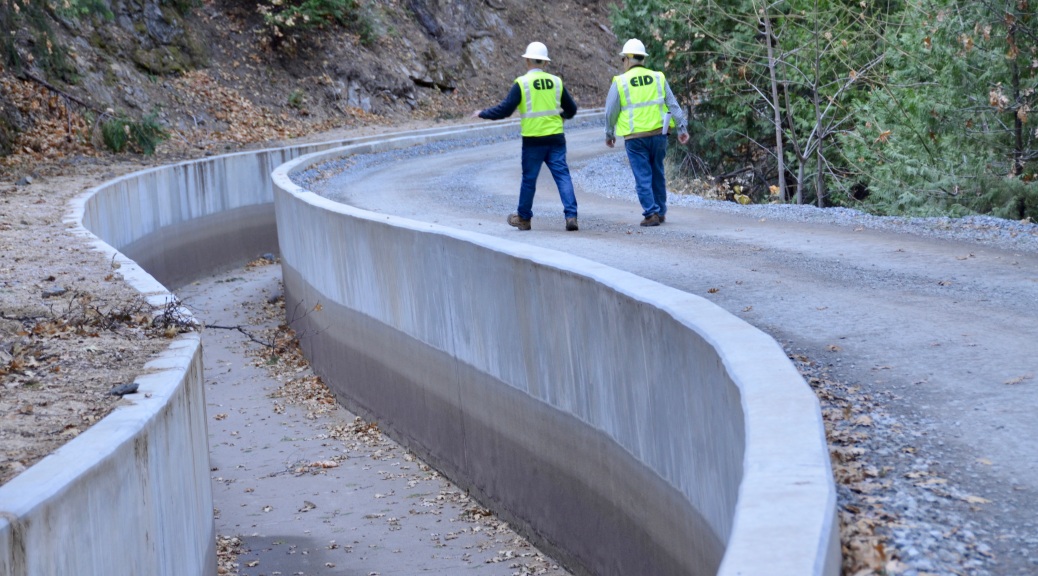12-9-2019
Michael Raffety
My mother, who died in 2015 developed an extensive doll collection starting with dolls she acquired in the 1940s. They have been in storage boxes the last four years. Now the Soroptimist Club of Placerville and the Mother Lode Lions Club will be selling the dolls Sunday, Dec. 15, from 11.am. to 3 p.m. The Soroptimists have been repackaging for the dolls into gift baskets. My wife has been working on the project daily for the past several weeks.
The Lions Club will be selling hamburgers and hotdogs for $10. The food sales and doll sales will all go to benefit the Deputy Ishmael family fund.
I’m writing this column in San Diego, where I am attending a conference of the Association of California Water Agencies. I was lucky to get here. United Airlines notified me our flight out of Sacramento would be delayed two hours. The problem with that was we were supposed to catch another flight in Los Angeles half an hour after our arrival there.
What did United do about that? They gave me a taxi voucher for a trip to San Francisco Airport. They also gave us $60 worth of food vouchers, since our flight from San Francisco to San Diego didn’t leave until 6:30 p.m. After getting our bags and catching a cab we got into our hotel room about 9 p.m.
The day before Thanksgiving is a mad cooking day for me. I start off with making cranberry sauce. After seeing recipes last year for alternative stuffing recipes in the Wall Street Journal I’ve added added a second stuffing mix to the traditional Raffety family recipe.
I wanted to try Sesame, Cranberry, and Chestnut stuffing mix. Chestnuts are not commonly sold in the grocery store, so when I found Italian chestnuts in Safeway last year I put them in the freezer for this year. The recipes I was following involved a whole lot of chopping, more chopping than for my mother’s recipe. I felt like I was chopping all day long. The worst was trying to chop the chestnuts, which had to be cooked in the oven first. I wound up using a hammer to pound the knife through the roasted and peeled chestnuts. That was tedious and discouraging. But once I cooked it all in the deep frying pan and then transferred it to a flat cooking pan to bake for half an hour Thanksgiving day the chestnuts softened up and the whole mix was tasty and proved popular at the long table at my daughter and son-in-law’s house full of relatives.
I’m not doing the chestnut stuffing mix next year. I’m going to make sausage brandy stuffing mix. I always assumed my mother’s stuffing mix that my grown children still ask for was a recipe handed down from her mother and maybe even her mother. That was until I noticed this year a note she added to the recipe that she got the recipe from a Seattle newspaper, presumably when my dad was there on assignment with the Army. I guess that’s not much different than using Wall Street Journal recipes. I just need to find the best and easiest one to make.









